In hues of magenta, fuchsia, coral, and rouge, these blushing creatures reveal Mother Nature’s rosy side.
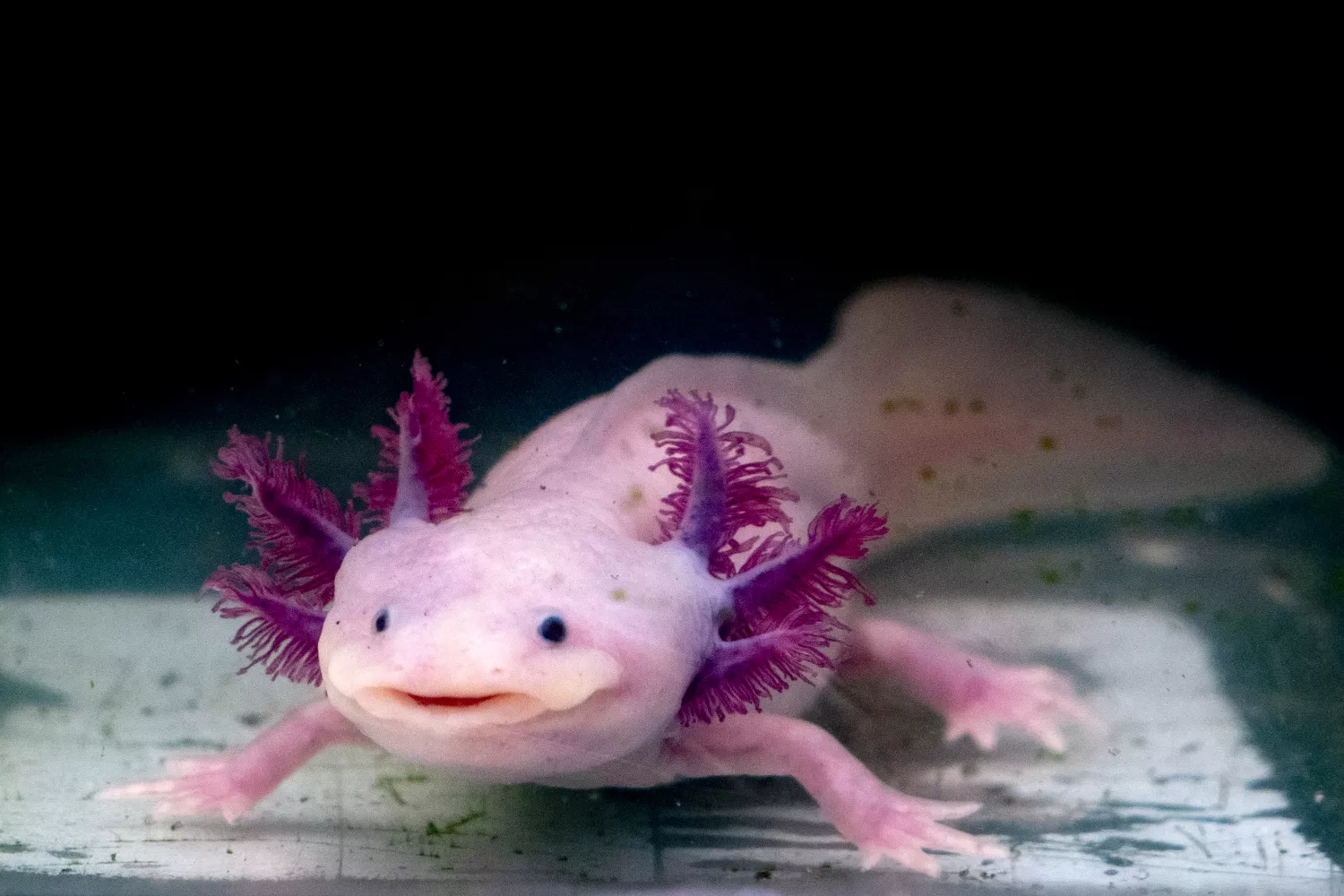
From bright fuchsia sunsets to ballet-slipper blooms, Mother Nature seems to have a soft spot for pink. And the rosy displays don’t just stop with astronomical events and flowers. All manner of creatures boast various shades of magenta, fuchsia, coral, and rose. Case in point? Consider these blushing beauties.
Roseate Spoonbill
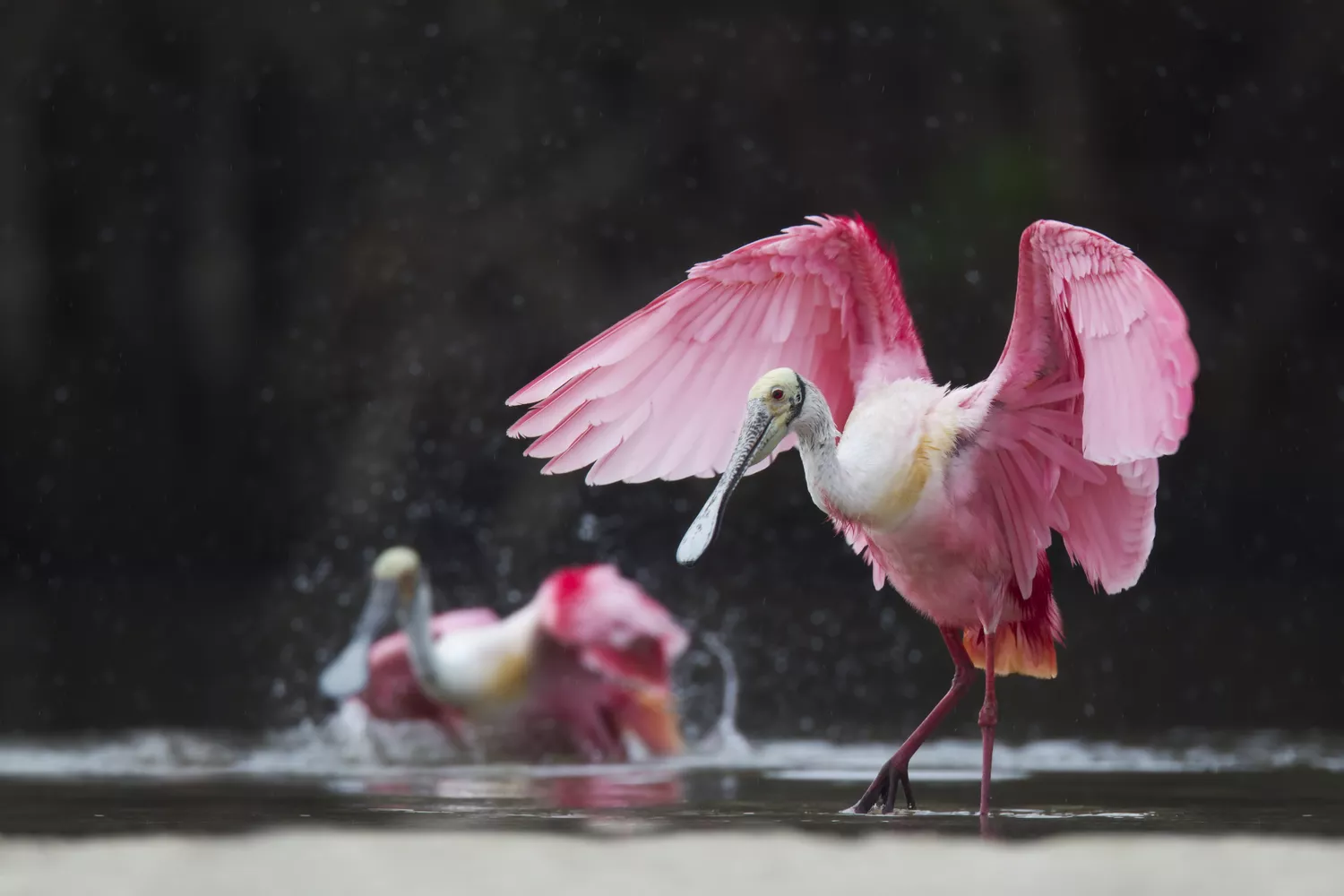
While flamingos may be the poster children for pink animals, we couldn’t pass up the beautifully quirky roseate spoonbill, a gorgeous pink wading bird with a charming spatulate bill. The color of the spoonbill results from its diet of crabs and shrimp.
Sadly for these exquisite creatures, their pink primary feathers were highly prized for use in ladies’ fans in the late 19th century; by the 1930s, the once healthy Florida population had dipped to a total of only 30 to 40 breeding pairs. Fortunately, full legal protection against hunting was enacted, and there are now over 1,000 nesting pairs in Florida.
Pink Katydid
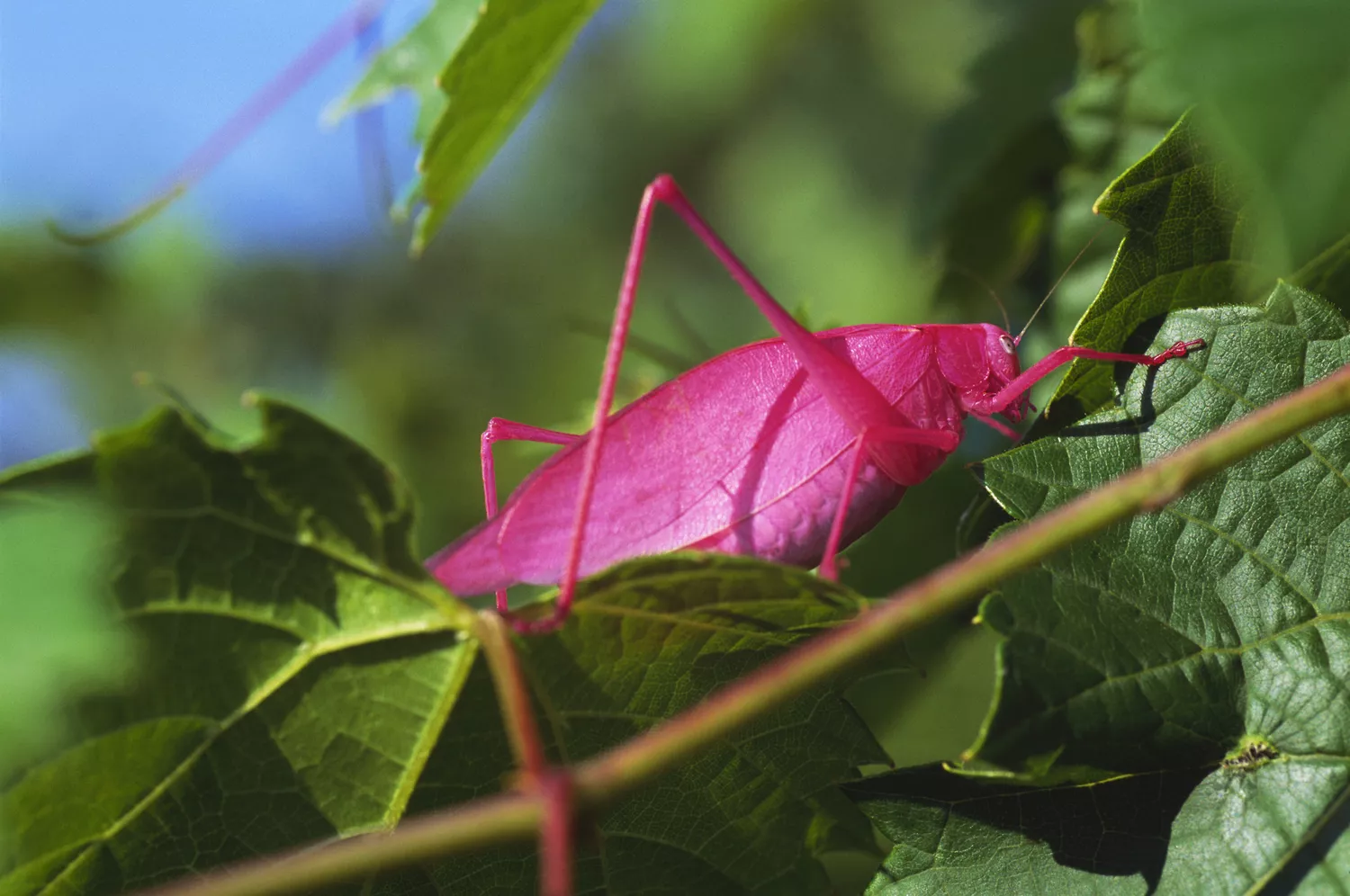
First described in 1874, pink katydids have inspired more than a century of discussion over the hows and whys of their incredible hue. At the turn of the 20th century, Harvard entomologist Hubbard Scudder suggested that the pink coloring could be seasonal and that green insects changed their colors with the autumn leaves for protection.
American entomologist and myrmecologist William Morton Wheeler rejected this theory. Based on finding bright pink katydid nymphs in the prairies of Wisconsin and Illinois during July 1907, he suggested a genetic root to the condition. Wheeler compared the state to albinism. For the first time, pink katydids became recognized as genetic “mutants” in the scientific literature.1 Entomologists now believe they’ve confirmed that Wheeler was right. Whatever the reason, we’re quite happy that there are such things as pink katydids in the world.
Bargibant’s Pygmy Seahorse
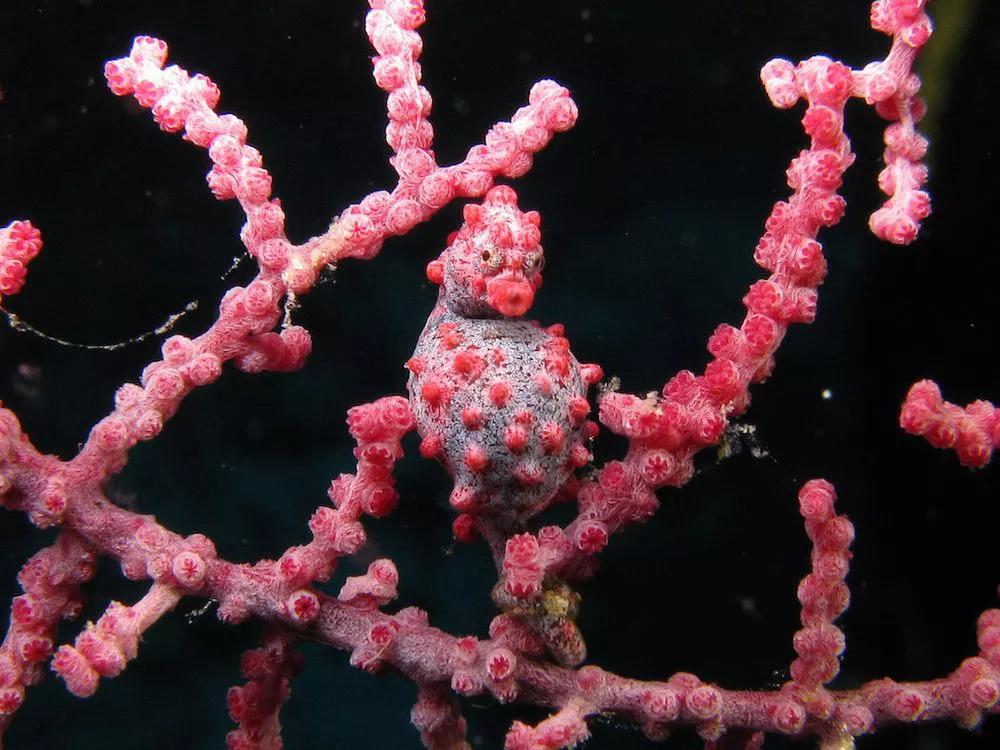
Glen MacLarty / Flickr / CC BY 2.0
Talk about blending in. Bargibant’s seahorse (or pygmy seahorse) lives exclusively on fan corals and are such masters of disguise (hence their lovely hues that match the pink of the coral) that they went unnoticed until a researcher found one while studying coral in a lab. The nodules on the seahorse even match the buds on the coral. They comes from the family Syngnathidae and measure a mere 1/2 to 1 inch in length.
Web-Footed Gecko
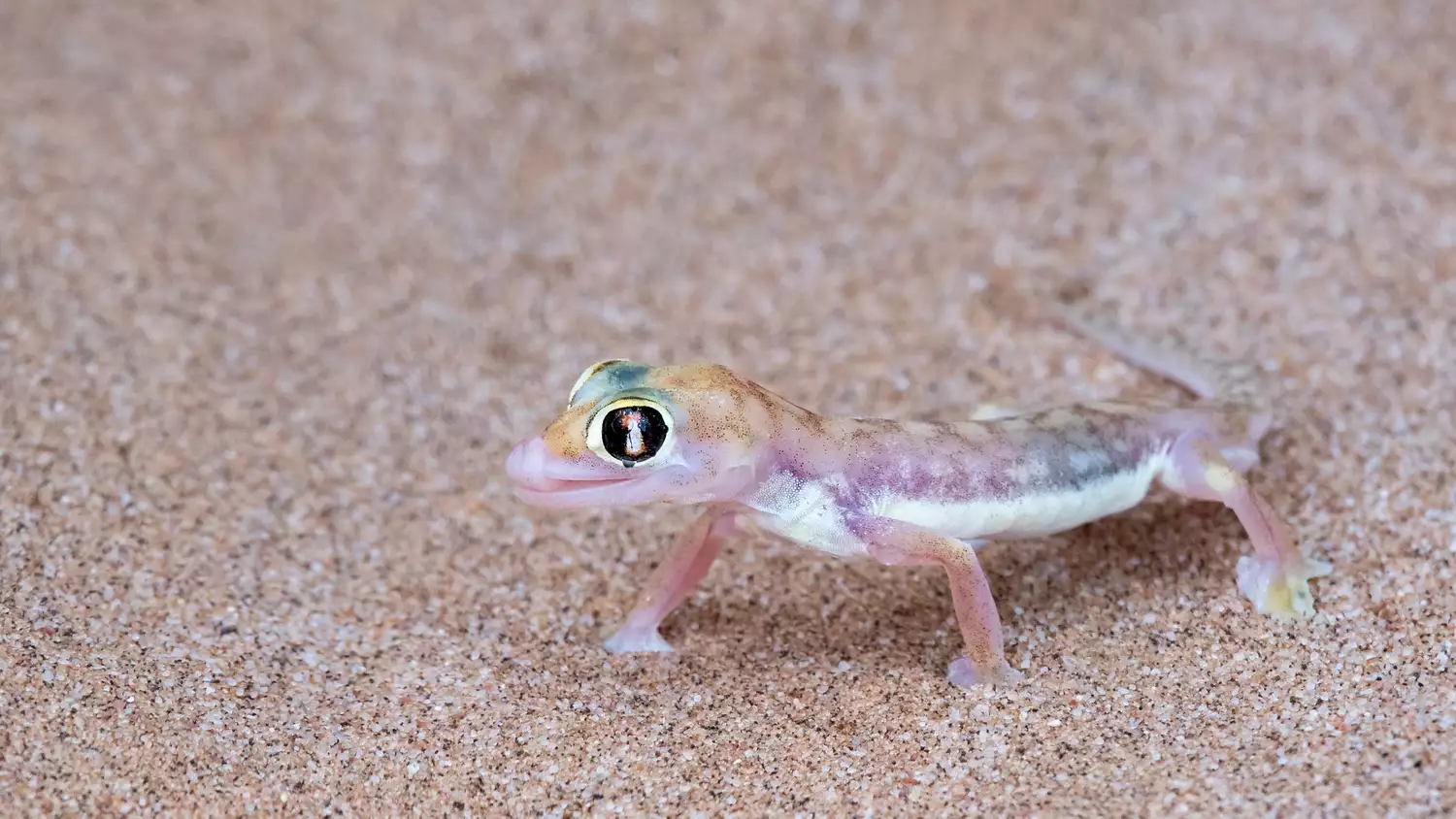
Web-footed geckos can thank their strangely translucent, salmon-colored skin for hiding them so well against the reddish sands of the Namib Desert where they live. Additional defense mechanisms include a vocabulary of clicks, squeaks, croaks, and other sounds to scare off potential attackers. Not to mention the old “break off the tail” trick that all geckos have.
But perhaps the strangest thing about this reptile is that it does not have eyelids and thus must lick its eyeballs to keep them moist, proving that the animal world is stranger (and even more enjoyable) than fiction.
Orchid Mantis
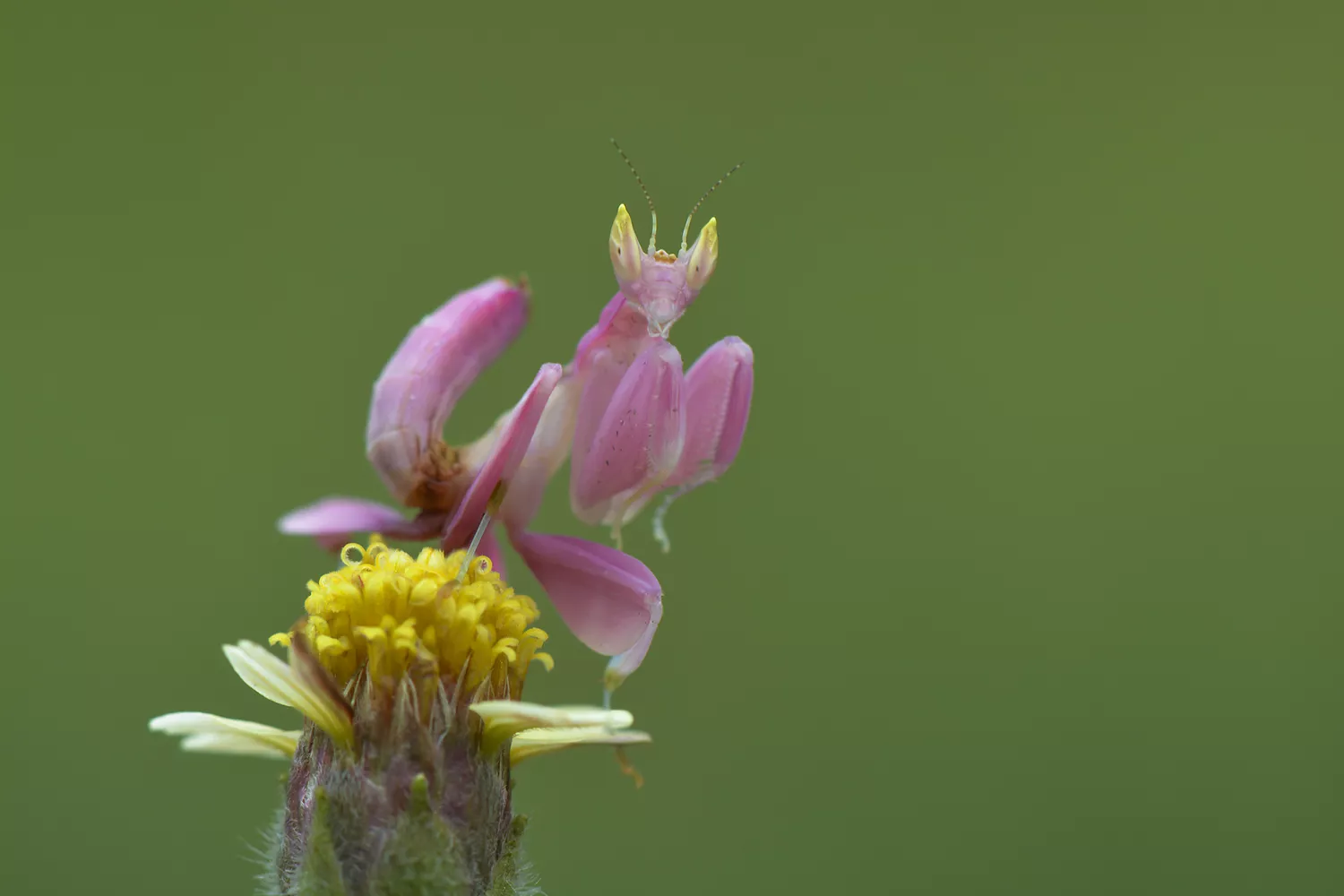
In 1879, Australian journalist James Hingsley returned from Indonesia with stories of a carnivorous pink orchid that lured butterflies to its petals and ate them alive. As you may have guessed, it wasn’t a flower he saw; it was the amazingly deceptive flower-mimicking insect Hymenopus coronatus — the orchid mantis. In a more recent study to determine if the orchid mantis’ fancy disguise lured insects to their deaths, scientists were surprised to find that the mantises attracted more insects than real flowers did.
And while other animals may camouflage with flowers to hide among and then ambush their prey, the schemes of the orchid mantis are different. They sit out alone on branches or leaves and pose as flowers rather than hiding amongst them. Nothing says “nature is intense” like hot-pink bug-eating flower bugs.
Domestic Pigs
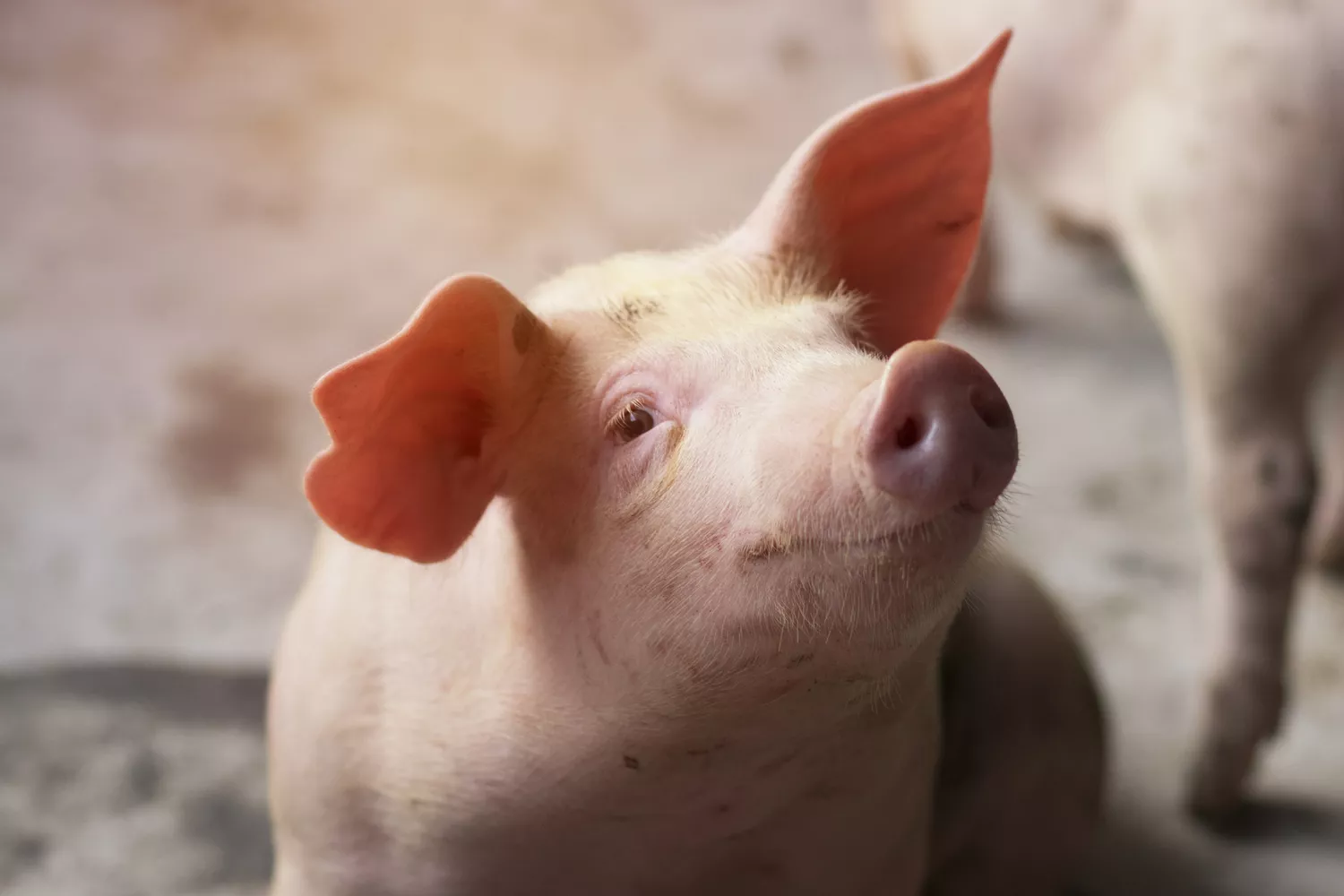
Some domestic pigs are black because they overproduce the pigment eumelanin, while pink pigs don’t make any melanin at all and end up a “default” pink.
But here’s what’s fascinating: Pigs evolved compelling coat colors only after domestication because of a human penchant for novelty, according to a study looking at wild and domestic pigs.2 As it turns out, pink pigs would not have survived in the wild long enough—because they would be easily detected by predators—to allow for the pink-producing mutations to have occurred.





